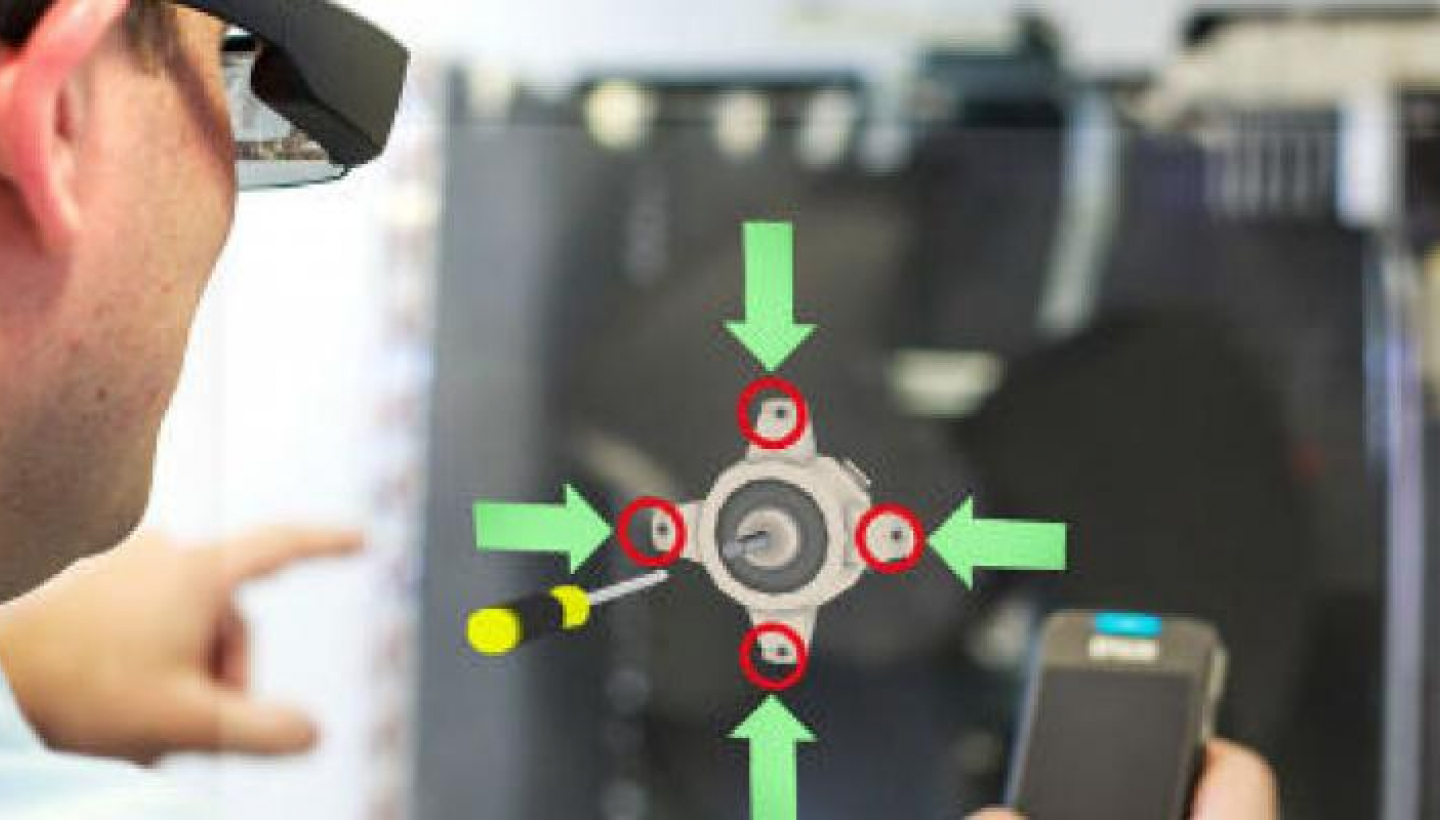‘MIT Technology Review in Spanish' has been the media partner of Inside AR 2014, the Congress on the most important technology in Europe
The technology of augmented reality (AR) opens up new business opportunities for various sectors that are expanding with the new experiences they offer. Using devices such as smart phones, tablets and glasses, the RA can superimpose virtual images on the real world increasingly believable and immersive. As part of its commitment to emerging technologies, Opinno has signed a media partnership through MIT Technology Review in Spanish to cover the augmented reality event InsideAR 2014, held last week in Munich (Germany).
The meeting, organized by the German company Metaio has presented for two days the latest in RA and its potential applications, and featured presentations by more than 60 experts. Their profiles came from large international companies Epson and Intel that are looking to update themselves through the possibilities of RA, becoming emerging innovative start-ups that are breaking into the market with new ideas. The more than 1,000 other technology enthusiasts, developers and creators who made up the audience could experiment with new products in 18 booths of 16 interactive shows and workshops.

Among the new technological advances presented in InsideAR, the potential of 3D cameras for smart devices stood out. The miniaturization process these devices are experiencing may allow them to be used in all kinds of devices (from mobile phones to glasses). With them, it will be possible to measure the distance between objects in the real world to achieve a better overlap on them in the virtual world.
Along with the possibilities of 3D cameras, the Congress also reviewed the range of services that thermal cameras provide, giving way to thermal touch technology. With it, you can recognize the heat print fingers leave on real surfaces and turn this trail into an interface with which you can interact naturally.
The applications of this technology are endless, according to one of the founders of the company Metaio Peter Meier. "From the world of culture and entertainment to the automotive and health sector, the combination of these new technologies offers an infinite range of possibilities, we have still only begun to explore," says the expert.
The business grows
Companies like Ikea have already noticed the RA to transmit to the public the value of their products. The furniture store features an interactive catalogue that that when you focus on it with a smartphone, can you view virtual recreations of real scale furniture. Soon, another technological advance that is being developed by Metaio Pronto, will allow theses virtual models to illuminate with the light of actual environment it is projecting on. Meanwhile, BMW has launched an application through which one can see the features of its new model I8, looking at the car through a Google Glass. Audi also uses the device through an app that overlaps parts of the car to help engineers to detect failures and to be guided in the factory assembly process effectively.
These are just some of the examples of how various sectors can benefit from this technology. But the entertainment industry and labour have a rich field of market ahead with augmented reality. Especially in the use of intelligent glasses, that is starting to look like an essential element of the labour field of the future.
Epson also showed its latest model of glasses, with which the world of video games becomes a 360 degree experience. Furthermore, with improved tracking techniques to identify objects through the device in the real world, new possibilities are opened so that one day, players will be able to move virtual objects with their own hands.
In addition to demonstrations in the event there was also room for discussion and reflection. Several panels explored how these technologies are transforming our society. Here Opinno is committed to encouraging a vision of a innovative and responsible future, taking into account the needs of businesses and consumers to find the equilibrium in which everyone benefits from booming technologies like augmented reality.



